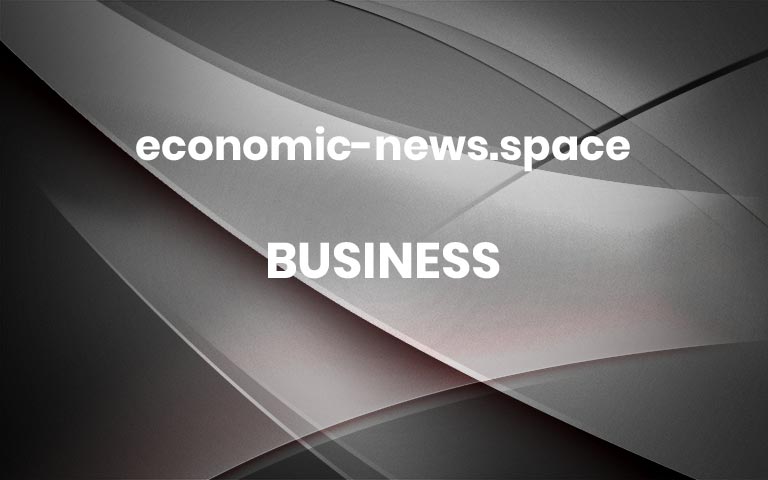The employee awards for 2024

It’s that time of year again, when we celebrate our successes and gloss over our failures. For our 2024 employee awards we have all our classic categories, from team member of the year and newcomer of the year to the big one: employee of the year. As usual, the winner of that award will enjoy a weekend away in a location of our choosing. More

